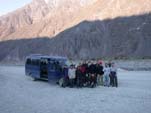 |
The van crew. |
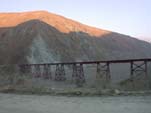 |
The way begins along the Train to
the Clouds (El Tren de las Nubes) track. |
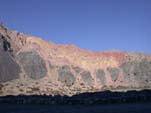 |
The green color of the mountains is
caused by the copper compounds. |
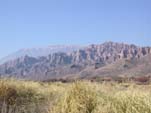 |
A glance to the ragged Andes. |
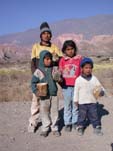 |
Indian natives. |
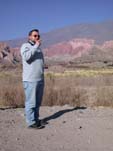 |
Jacob tries to smoke the coke
leaves. |
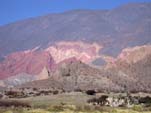 |
The red color is caused by the iron
compounds, the green one by the copper compounds. |
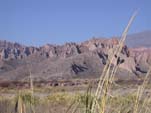 |
Another charming view of the Andes. |
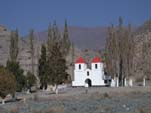 |
A church on the way. |
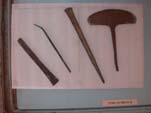 |
Santa Rosa - museum 3 200 meters
above the sea level. |
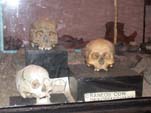 |
Santa Rosa - museum, a comparison of
the skull of man in various stages of the evolution. |
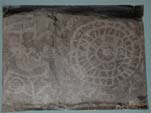 |
Santa Rosa - museum, stone
paintings of the Indians. |
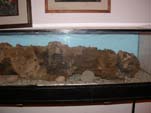 |
Santa Rosa - museum, mummy. |
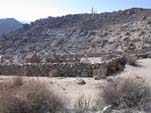 |
Santa Rosa - cemetery. |
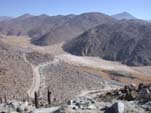 |
Santa Rosa - a way to the former
Indian village. |
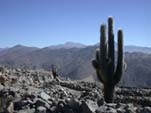 |
Santa Rosa - ruins of the former
Indian village. |
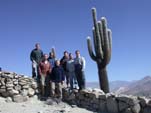 |
Santa Rosa - our expedition in front
of the ruins. |
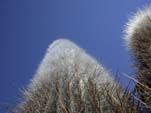 |
Santa Rosa - a cactus detail. |
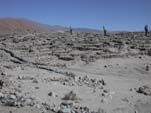 |
Santa Rosa - ruins of the former
Indian village. In the sixth century lived over two
thousand people here. |
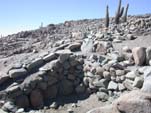 |
Santa Rosa - ruins of the former
Indian village. |
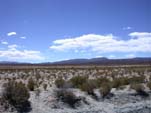 |
And the way continues ... |
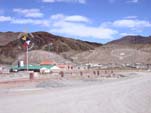 |
San Antonio de los Cobres - a
pictorial town in which we had the lunch. It is a pity
we have no photographs of the town. |
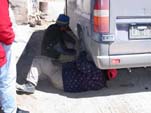 |
San Antonio de los Cobres - repair
of our tire. |
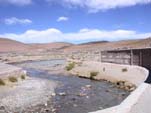 |
San Antonio de los Cobres - the only
one photo which Paul did in the town. |
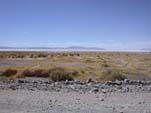 |
Salt plain Salina Grande near the
horizon. The length of the plain is over 90
kilometers. |
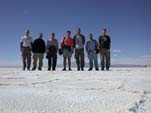 |
Aldebaran Group for Astrophysics on
the salt plain. |
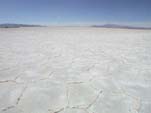 |
Detail of the Salina Grande
surface. |
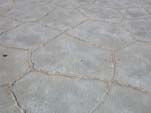 |
Detail of the Salina Grande
surface. |
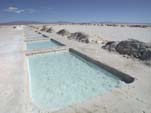 |
Salina Grande - extraction of the
salt. |
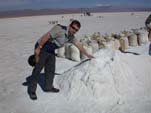 |
Salina Grande - extraction of the
salt. John tastes the resulting product. |
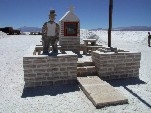 |
Salina Grande - knocker statue from
the salt. |
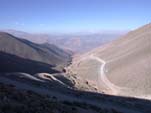 |
A road meanders in the mountains. |
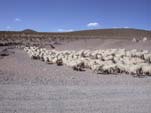 |
A sheep's flock over the road. |
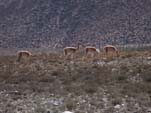 |
Lamas in wide open space. Later we
saw them domesticated. The indigenes manufacture cloth
from the lamas' wool. |
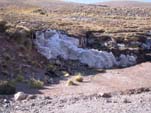 |
High in the
mountains there was a rest of snow. |
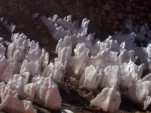 |
The rest of snow
in the Andes mountains at the end of winter. |
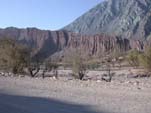 |
Rock shapes -
organ. |
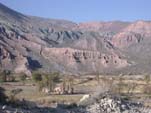 |
From the way
back. |
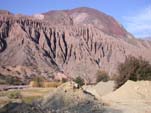 |
The erosion forms
beautiful shapes. |
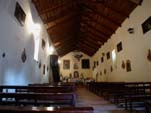 |
Purmamarca - a
church with the ceiling made from the cactus wood. |
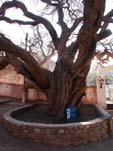 |
Purmamarca - one
thousand years old tree. |
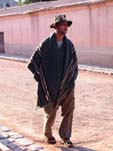 |
David bought a
poncho and a hat in the Purmamarca
and began to infiltrate into the native
environment. |